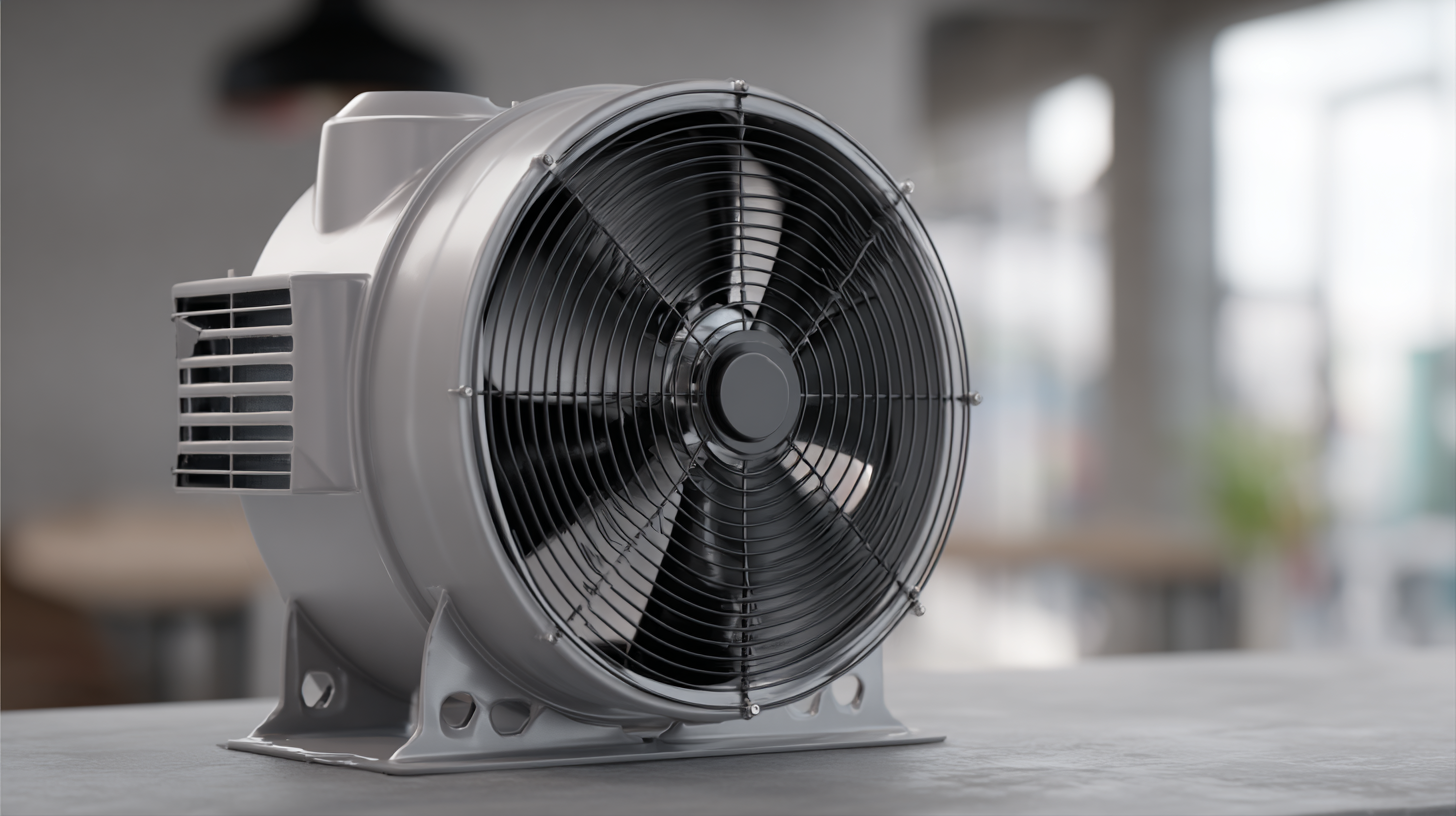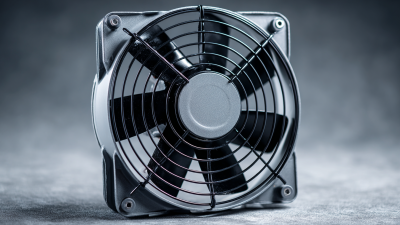




In the quest for optimal cooling efficiency, selecting the right Air Conditioner Motor is a critical decision that every consumer and contractor must make. As our temperatures rise and energy costs soar, the demand for effective and efficient cooling solutions becomes increasingly paramount. This guide aims to navigate the complexities of choosing an Air Conditioner Motor that not only meets the specific requirements of your cooling system but also enhances overall performance and energy savings.
 Understanding the various types of Air Conditioner Motors available in 2025 is essential for making an informed choice. With advancements in technology, there are now a multitude of options, each designed to cater to different needs and preferences. Whether you are considering a permanent split capacitor motor, a shaded pole motor, or more innovative DC motors, each type offers distinct advantages.
Understanding the various types of Air Conditioner Motors available in 2025 is essential for making an informed choice. With advancements in technology, there are now a multitude of options, each designed to cater to different needs and preferences. Whether you are considering a permanent split capacitor motor, a shaded pole motor, or more innovative DC motors, each type offers distinct advantages.
This article will explore the essential features, benefits, and considerations that will empower you to select the ideal Air Conditioner Motor for your cooling requirements, ensuring that your system operates at peak efficiency while minimizing energy consumption.
When selecting an air conditioner motor, understanding the various motor types is crucial for achieving optimal cooling efficiency. Broadly, air conditioner motors can be categorized into two main types: fractional horsepower motors and permanent split capacitor (PSC) motors. Fractional horsepower motors are typically used in smaller units and are known for their efficiency and cost-effectiveness. They are ideal for residential applications where lower speeds are sufficient for maintaining comfortable indoor temperatures.
On the other hand, PSC motors offer enhanced performance in larger, more powerful systems. These motors maintain a consistent speed and provide improved airflow and cooling efficiency. They are commonly found in commercial air conditioning systems where higher demands for cooling capacity are required. Additionally, variable-speed motors are becoming increasingly popular due to their ability to adjust their speed based on the cooling needs of the space, resulting in significant energy savings and improved indoor climate control. Understanding these differences will guide consumers in selecting the right motor for their specific air conditioning needs.

When selecting an air conditioner motor, energy efficiency ratings play a crucial role in achieving optimal performance. These ratings, often represented by the Seasonal Energy Efficiency Ratio (SEER) and the Energy Efficiency Ratio (EER), provide valuable insights into the cooling capacity of the unit relative to its energy consumption. A higher SEER rating indicates that the air conditioner operates more efficiently, ensuring that you can enjoy cooler indoor environments without incurring excessive electricity costs.

In addition to understanding these ratings, it is essential to consider the specific applications of the motor in your cooling system. Not all motors will deliver the same efficiency under various conditions; hence, evaluating the compatibility of the motor with the specific air conditioning unit is vital. Look for motors equipped with variable speed technology, which allows for more precise operation and can adjust based on the cooling demand. This adaptability not only enhances energy efficiency but also extends the lifespan of the air conditioner, providing long-term cost savings and environmental benefits.
When selecting an air conditioner motor for optimal cooling efficiency, several key factors should be thoroughly considered. First, the energy efficiency rating (EER) of the motor plays a crucial role in determining overall performance. According to a report from the U.S. Department of Energy, upgrading to a motor with a higher EER can result in energy savings of up to 30% compared to older models. This not only reduces electricity costs but also minimizes environmental impact.
Another important factor is the motor's build quality and durability. Motors that are designed for high performance can better withstand the operational demands of cooling systems. Industry findings indicate that premium-grade motors tend to have longer lifespans and can function efficiently under varying load conditions. Furthermore, the motor's phase and voltage compatibility with the air conditioning system are critical to ensuring seamless integration and reliable operation. An improper match could lead to issues such as reduced efficiency or premature failure, emphasizing the necessity of thorough compatibility checks during the selection process.
When it comes to choosing the right air conditioner motor for optimal cooling efficiency, understanding the differences between single-speed and variable-speed motors is crucial. Single-speed motors operate at a fixed speed, turning on and off to maintain the desired temperature. According to the Department of Energy, this can lead to significant fluctuations in indoor climate and may consume up to 30% more energy during peak cooling periods. This inefficiency not only increases energy bills but also puts more strain on the motor, potentially leading to a shorter lifespan.
In contrast, variable-speed motors can adjust their speed based on the cooling demand, allowing for more precise temperature control. A report by the American Council for an Energy-Efficient Economy (ACEEE) indicates that variable-speed systems can achieve up to 50% higher efficiency compared to single-speed units. This adaptability not only enhances comfort but also decreases energy consumption, which is reflected in lower utility costs and extended system durability. By investing in a variable-speed air conditioner motor, homeowners can enjoy a more consistent indoor climate while promoting energy efficiency.
| Motor Type | Cooling Efficiency (SEER) | Power Consumption (W) | Noise Level (dB) | Initial Cost ($) | Maintenance Cost ($/year) |
|---|---|---|---|---|---|
| Single-Speed | 14 | 1500 | 60 | 800 | 100 |
| Variable-Speed | 18 | 1200 | 50 | 1500 | 75 |
To ensure your air conditioner motor operates efficiently and has a prolonged lifespan, regular maintenance is essential. Start by routinely cleaning or replacing the air filters. Clogged filters not only reduce airflow but also force the motor to work harder, leading to increased energy consumption and potential overheating. Keeping the filters clean ensures optimal airflow, contributing to the motor’s cooling efficiency.
Additionally, inspect and clean the condenser and evaporator coils periodically. Dust and debris can accumulate on these coils, impeding heat exchange and causing the system to run less efficiently. Ensuring that the coils are clean allows for better heat dissipation, reduces the strain on the motor, and helps maintain lower energy costs. Furthermore, checking the electrical connections and lubricating moving parts can prevent unnecessary wear and tear, significantly enhancing the longevity of your AC motor. Regular maintenance not only extends the motor's life but also ensures your air conditioning system operates at peak performance year-round.








